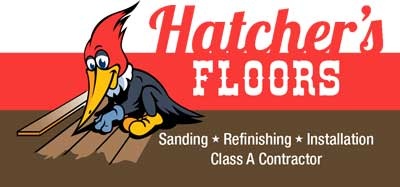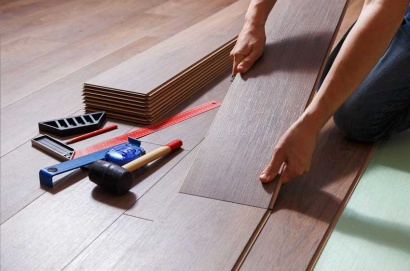Choosing the right flooring for your home involves considering various factors, including durability, style, and practicality. Luxury Vinyl Plank (LVP) flooring has gained popularity for its affordability, durability, and waterproof properties. A crucial aspect that influences the longevity and performance of LVP flooring is the wear-layer thickness. This guide will help you understand the wear layer, how it’s measured, and how to choose the best thickness for your needs.
What is Luxury Vinyl Plank (LVP) Flooring?
LVP flooring mimics the appearance of hardwood or stone at a fraction of the cost. Comprising multiple layers, including a finish layer, wear layer, print layer, core layer, and backing layer, LVP is designed to be durable and visually appealing. Key benefits include:
- Waterproof and pet-proof
- Low maintenance
- Budget-friendly
- Available in various styles, textures, and colors
Understanding the Wear-Layer
The wear layer is a clear protective coating directly below the finish layer (UV layer) of the LVP. This layer protects the printed design layer from scratches, stains, and general wear and tear. The thicker the wear layer, the better the protection, enhancing the floor’s durability and lifespan.
How is Wear-Layer Thickness Measured?
Depending on the manufacturer, wear-layer thickness can be measured in mils (one-thousandth of an inch) or millimeters. American brands typically use mils, while European and Asian brands use millimeters. Here’s a quick conversion guide:
- 1 mil = 0.0254 millimeters
Understanding these measurements helps you compare products and choose the right wear-layer thickness for your needs.
Common Misconceptions about Wear-Layer Thickness:
The durability and lifespan of LVP flooring depend on the wear-layer thickness and the overall quality of the product.
Here’s what you need to know:
- 3-12 mils: Suitable for residential spaces with light to moderate foot traffic.
- 20+ mils: Ideal for high-traffic areas, including commercial spaces.
Investing in a higher-quality LVP with a thicker wear layer ensures better protection and longevity, making it cost-effective in the long run.
Impact of Wear-Layer Thickness on Cost
When selecting the right wear-layer thickness for your LVP flooring, consider the following:
- Foot Traffic: High-traffic areas like hallways and kitchens require thicker wear-layers (20+ mils). For bedrooms and living rooms, a 12 mil wear-layer may suffice.
- Budget: Higher wear-layer thickness generally means higher cost, but it offers better durability.
- Space Use: Commercial spaces benefit from thicker wear layers, while residential areas can often use thinner wear layers.
Recommended LVP Flooring Options by CoreLogic
CoreLogic offers a variety of LVP flooring options to suit different needs:
- LUXEPlank Enhanced Series: 22 mil wear-layer, perfect for high-traffic areas.
- City Limits Series: 20 mil wear-layer, suitable for medium-traffic spaces.
- Easy Street Series: 12 mil wear-layer, ideal for low-traffic areas.
Conclusion: Importance of Wear-Layer Thickness
The wear-layer thickness of LVP flooring plays a critical role in its durability and resistance to everyday wear and tear. Beyond wear-layer thickness, consider the overall quality, installation method, subfloor surface, and maintenance practices to ensure your flooring’s longevity.
At Hatcher’s Floors, we’re committed to helping you choose the right LVP flooring for your home. Explore our homeowner’s guide and step-by-step cleaning guide for more insights. If you have any questions, our team of experts is ready to assist you through our contact form or via telephone. Whether you’re just starting your flooring journey or need additional guidance, we’re here to help.




